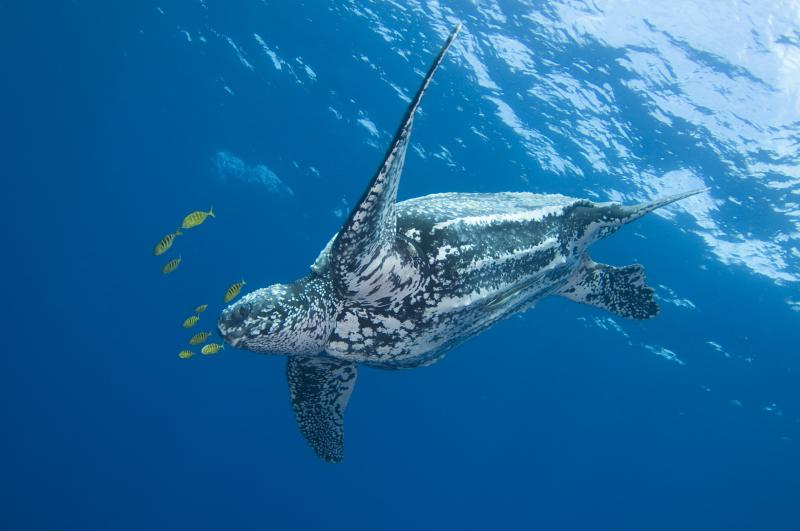Researchers sequenced the genomes of green sea turtles and leatherback sea turtles, which are representative of the two living sea turtle families. They used ultra high molecular weight DNA to build these high-quality, annotated reference genomes.
They found that, despite green and leatherback turtles evolving from one another a long time ago, their genomes are actually very similar—so they started to look for differences. They found a higher number of genes involved with olfaction and immunity in the green turtle. This suggests they have both a better sense of smell and a better immune system than leatherbacks. The researchers also found that leatherbacks have very low genetic diversity, which is important for being able to adapt to different environmental conditions.
Sea turtle populations globally have declined in the last 50 years due to bycatch, human interactions, and climate change. The researchers hope to learn which sea turtle species will be better able to adapt to changing conditions in the future. This information will have implications for how we assess their populations and make plans for their recovery.



